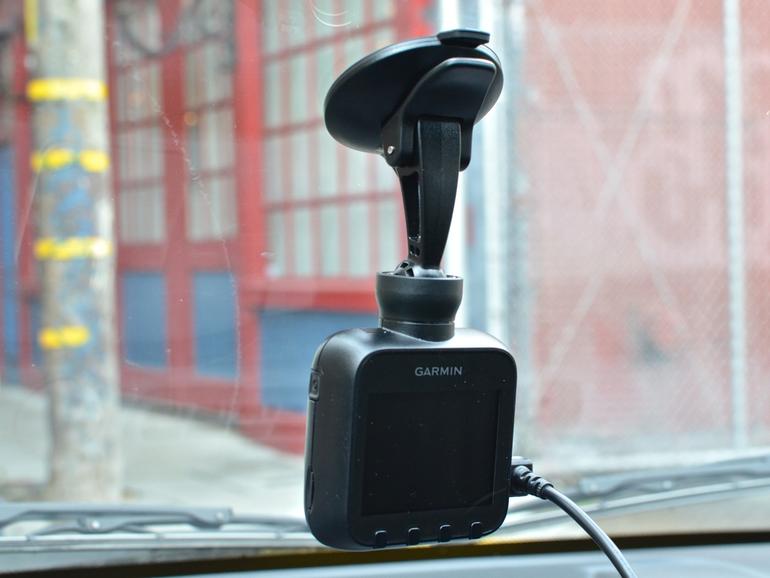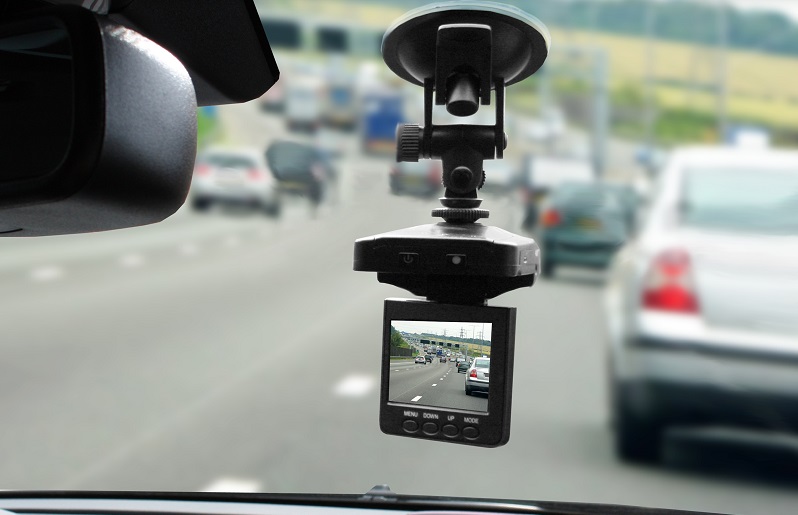Just a few weeks ago, two road rage incidents on Gauteng roads made headlines because they were captured on camera and posted to YouTube. As a direct result, two prosecutions are now underway, neither of which would probably have likely bothered a desk sergeant without the video evidence to back it up.
Dashcams – cameras mounted on car dashboards – have proven to be quite handy when it comes to capturing road shenanigans, allowing motorists to establish objectively who did what for legal and insurance purposes. They’ve also helped ensure cops who pull motorists over keep everything above-board in places notorious for police corruption.
Just ask Russia, where motorists have been allowed to use dashcams in their vehicles back in 2009 in a bid to combat the rampant insurance fraud and police corruption going on in the country. The result has been a huge collection of videos showing bad driving, accidents, road rage incidents and even an unexpected meteor shower ending up on YouTube for all the world to see.
South Africa and Russia aren’t dissimilar when it comes to problems with fraud, corruption and road rage, so there is an argument to be made that dashcams here could potentially help address them. There are issues, of course, and the most important one is safety – you should never operate any device while driving, especially not one that requires you to take focus off the road for a split second.
Then, of course, there’s the argument that cameras everywhere aren’t necessarily a great thing. They can be an invasion of privacy and and encourage vigilante-ism. In South Africa, there is also evidence and advice from JPSA that suggests some of our cops don’t take too kindly to being filmed, making recording being pulled over (or any police activity for that matter) a rather risky proposition, despite there being no laws preventing us from doing exactly that.
So with that in mind, if you want to set up dashcam, here’s how.
Action cam, bespoke dashcam or smartphone?
To set yourself up with in-car recording capabilities, you can use any of three different gadgets. The most logical choice is an actual dashcam, like Garmin’s Dash Cam 10, that has been specially-designed to capture video from your car’s dashboard.

The benefit is that its design has been streamlined to make doing exactly that as easy as possible and has features like collision detection that automatically saves footage when it detects bumps. The disadvantage is that it’s only really suited to dashcam footage capture. It’s a good choice if you plan to never remove the camera from your car.
The second option is to employ an action camera, like the GoPro Hero3. It’s small, easy to use and captures truly amazing video, and can be taken out of the car and used for other things when necessary. The downside is it doesn’t have dashcam-specific features like the Dash Cam 10 mentioned above does.

Lastly, you could always hook up your smartphone with a clever mount and use it as a dashcam. We’re already used to cradles and docks in our cars for our phones (or at least, we should be), so having one in a prime position to capture whatever is happening in front of your car isn’t too much of a stretch. This is probably the cheapest and easiest way to get started.
Whichever one you go for, you’ll need to manage memory cards and power to get the most from it, as shooting video eats battery power on any device and generates a ton of data. Our advice would be to start with a smartphone, and see if your experiences with it motivate you to get something a little more specialised.
Step 1
Decide which camera suits your needs best. Once you’ve decided on a course of action and made your purchase, be sure to also grab a cigarette-lighter-to-microUSB converter cable to ensure it always has power, and consider buying the biggest-capacity memory card for the camera so you have plenty of space to save videos.
Step 2
Mount it to your dashboard or windscreen. You can either make a mount out of a sponge, like Ben Gill did (and it works with any device so long as you have the cutting skills to make it so), or you can buy a mount specifically designed for your camera. Here’s one that works with a GoPro:
If your camera already has a mount, score!
Step 3
The one thing you absolutely must not do is hit record while driving. It’s not safe, you’ll be committing an offence for driving without due care and attention and it’s pointless anyway. By the time you hit record, whatever you wanted to film will be gone.
So, you’ll have to press the camera’s record button every time you set out on a car journey, and leave it runninguntill you reach your destination. If you’re using a smartphone, there are apps that will automatically start recording when the phone is inserted into its cradle. See the Tips & Tricks section.

Step 4
Edit your captured footage in a video-editing app of your choice (we recommend Lightworks) and polish it up a bit. Post proof of the idiocy of other drivers, pedestrians and law enforcement officials to YouTube and enjoy the warm fuzzy feeling that comes from creating entertaining yet informative web video. If you need to use your footage in court, consider not posting it online until the matter has been resolved to avoid jeopardising your case.
Tips & Tricks
- To make finding the incident you want to pull from your recorded footage easier during the editing process, simply slap your dashboard to make a noticeable audio cue that will mark the spot. This one trick alone will save you from trawling through footage for hours looking for the few seconds showing the idiot who cut you off. Look for the cue, edit around it then throw away the hours of otherwise useless footage elsewhere.

- Buy the highest-capacity memory card for your chosen dashcam setup. We recommend getting a high-capacity, high-speed UHS-1 card (these have a logo that looks like a U with a 1 inside it) so you don’t have to worry too much that the card won’t keep up with the data transfer rate needed to record high-definition video.
- When using non-smartphone cameras, begin recording at the start of any journey. You don’t want to be scrambling for the Record button when stuff happens, because that’s too late.
- Set your camera to record at 720p rather than full 1080p, as this will fill up your memory card more slowly but still provide plenty of detail.
- Get a spare USB cable or a memory card reader so you can easily get the dashcam video onto your PC or Mac. Some cameras, like the GoPro, don’t let you manage videos from the camera itself.
- Download dashcam apps like AutoGuard Blackbox for Android and Car Camera DVR Lite for iOS if you’d like to use your phone. These apps have dedicated dashcam functions and can record video while you’re doing other things with the phone.


